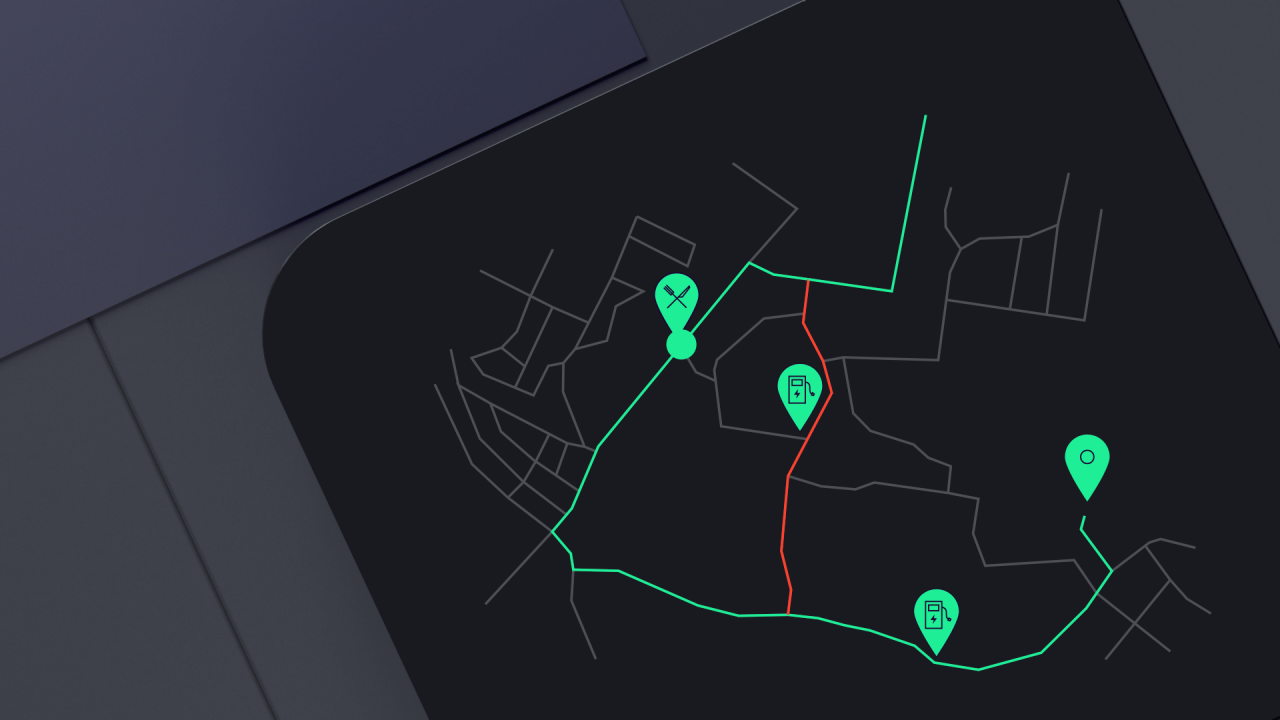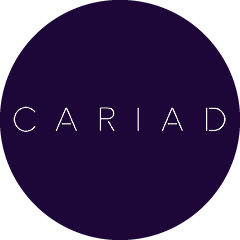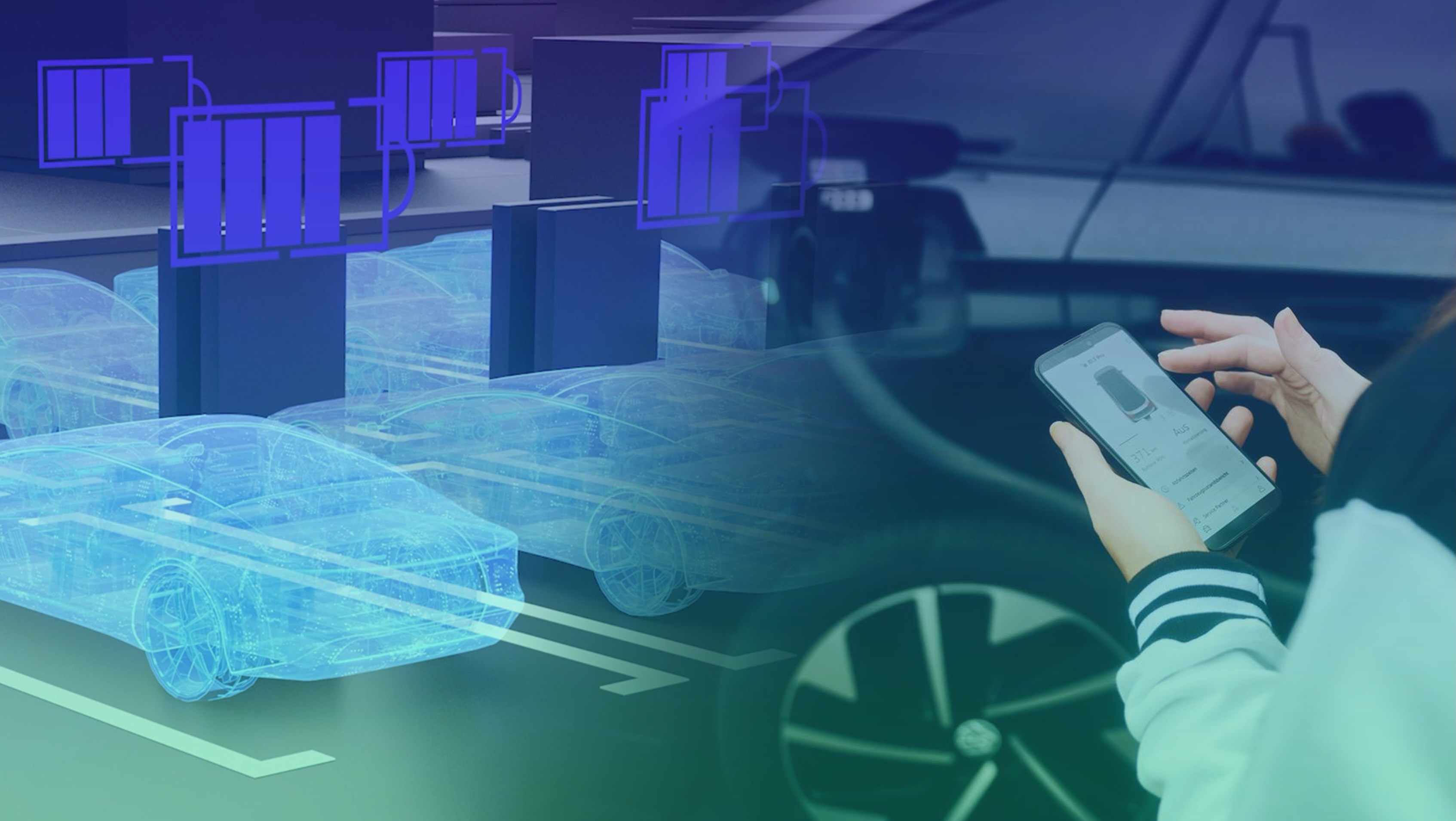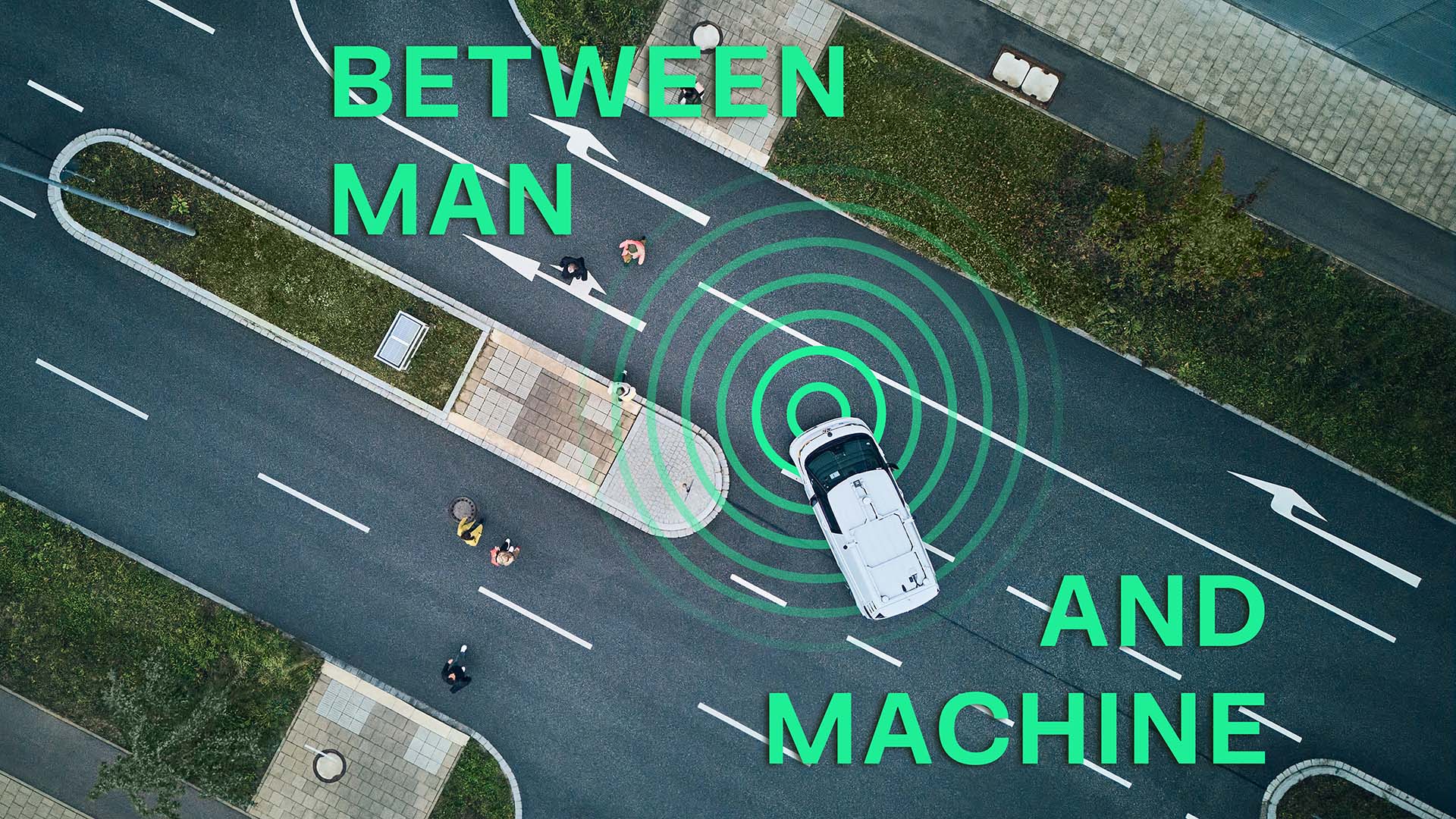How data forms the basis of route calculation
Navigation systems rely on various data sources to calculate the best route. What kind of data is taken into account for the calculation? And what actually defines the optimal route?

Electromobility expands the requirements for in-car navigation and route planning in particular. For drivers of an electric vehicle, it is most convenient if charging stops along the route are integrated into the route automatically. The basis for the optimal route calculation is the smart combination of specific data points from the vehicle itself and data from online sources.
Considered are for example the vehicle’s consumption based on previous trips and how it is affected by the driver’s current driving behavior, route specifics or ambient temperature. Live data on traffic or charging station availability is taken into account, for instance a malfunction at a planned charging station or a traffic jam result in an automatic adjustment of the route.
What is the best route?
Fastest, shortest or most efficient – what defines the “best” route? For drivers of an electric vehicle, it is the combination of optimal driving and charging time. Matthias explains:
One example: Route A has more kilometers compared to Route B. But along Route A is a fast-charging station, which reduces the necessary charging time compared to Route B. Even if Route A has more kilometers, it is the shorter route regarding overall travel time. Alternatively, a route with two short charging stops could lead to the destination faster than a route with one long charging stop.
Intelligent assistant for e-drives
The route calculation is also influenced by personal preferences. Drivers can for example specify with how much battery level (State of Charge, SoC) they want to reach their destination. Necessary charging stops are adjusted accordingly in the background, as it might not be necessary to charge the vehicle to 100 percent at every charging station. In addition, drivers can filter charging stations by charging capacity or payment methods.
This hybrid navigation solution allows drivers to reliably and accurately plan their itinerary within seconds. Thanks to online-based route calculation and integrated e-route planner, optimal charging stops are automatically added to the route. The new navigation function with innovative charging planner is available for the first time in the Audi Q6 e-tron and jointly developed by Audi and CARIAD teams. And there is more: With the myAudi app, you can even pre-plan your trip from home.




